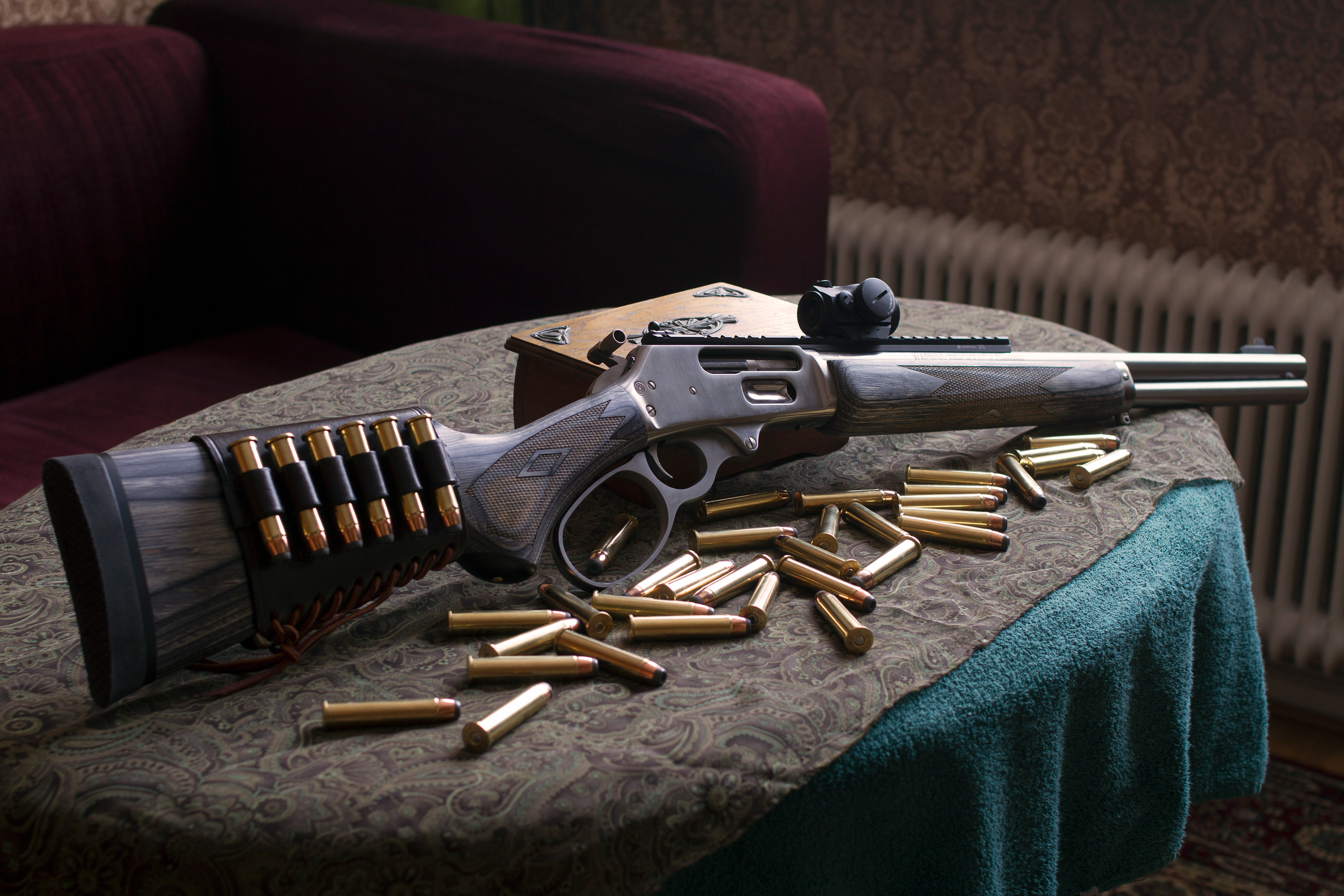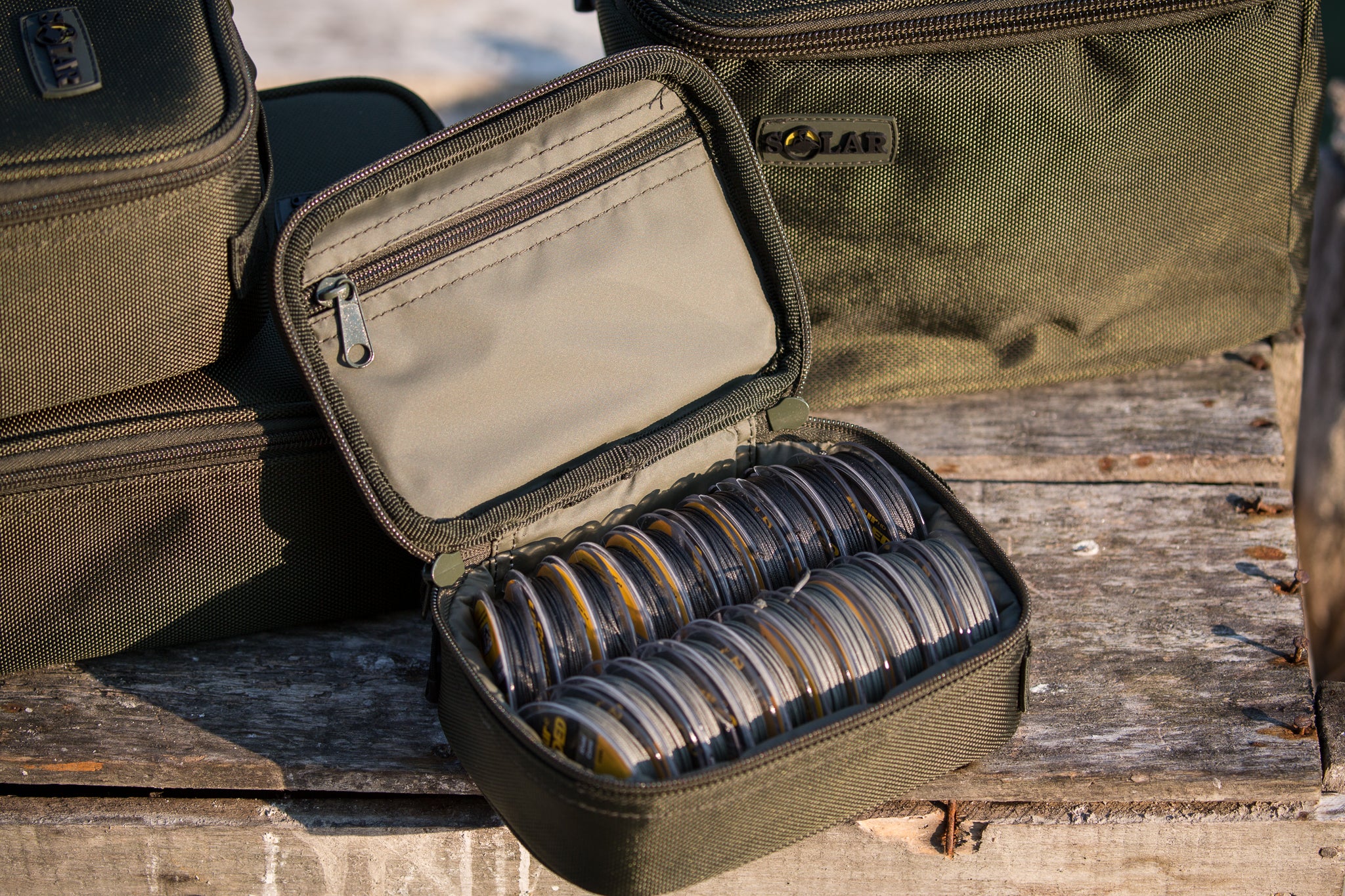Comparing the pros and cons of tackle box materials: plastic vs. metal vs. soft-sided
When it comes to selecting the ideal tackle box for your fishing adventures, the choice of material is a critical decision that can significantly impact your overall experience. In this comprehensive guide, we will delve into the pros and cons of three popular tackle box materials: Plastic, Metal, and Soft-Sided. Our goal is to provide you with valuable insights to aid your decision-making process and ensure you make an informed choice tailored to your fishing needs.
Comparing the pros and cons of tackle box materials: plastic vs. metal vs. soft-sided
Plastic tackle boxes: the versatile companion
Pros:
Durability: Plastic tackle boxes are renowned for their robust construction, offering exceptional durability against the harsh elements encountered during fishing expeditions.
Affordability: One of the standout advantages of plastic tackle boxes is their budget-friendly nature. They provide a cost-effective solution without compromising on quality.
Lightweight: Ideal for anglers on the move, plastic tackle boxes are significantly lighter than their metal counterparts, ensuring ease of transportation.

Cons:
Limited security: While plastic tackle boxes provide adequate protection for most fishing gear, they may lack the security features found in metal alternatives.
Temperature sensitivity: Extreme temperatures can affect the integrity of plastic, potentially leading to warping or cracking. Anglers in extreme climates should consider this factor.
Metal tackle boxes: sturdy and secure
Pros:
Superior security: Metal tackle boxes are unparalleled when it comes to safeguarding your valuable fishing gear. Sturdy locks and latches provide an added layer of protection.
Temperature resistant: Unlike plastic, metal tackle boxes are resistant to temperature fluctuations, ensuring your equipment remains intact regardless of environmental conditions.
Longevity: With proper care, metal tackle boxes boast an impressive lifespan, making them a wise investment for avid anglers.
Cons:
Weight considerations: The sturdiness of metal comes at a cost – increased weight. Anglers seeking lightweight solutions may find metal tackle boxes less suitable for extended journeys.
Costlier option: While metal tackle boxes offer excellent durability, they often come with a higher price tag. Budget-conscious anglers may need to weigh the long-term benefits against the initial investment.
Soft-sided tackle boxes: the compact solution
Pros:
Compact and portable: Soft-sided tackle boxes are perfect for anglers prioritizing portability. Their lightweight and flexible design make them easy to carry, especially on hiking or wading trips.
Organization: Featuring multiple compartments and pockets, soft-sided tackle boxes excel at keeping your fishing gear neatly organized, allowing quick access during crucial moments.
Shock absorption: The soft material provides a level of shock absorption, protecting fragile items such as lures and baits from potential damage.
Cons:
Limited security: Similar to plastic tackle boxes, soft-sided options may lack the robust security features of metal alternatives. Anglers with high-value gear should assess the risk accordingly.
Durability trade-off: While soft-sided tackle boxes excel in portability, their durability may be compromised compared to metal and plastic options. Rough handling may lead to wear and tear over time.
Conclusion
In conclusion, the choice between plastic, metal, and soft-sided tackle boxes ultimately boils down to your specific preferences and fishing requirements. Each material has its unique set of advantages and disadvantages, catering to different needs within the angling community.
Consider your fishing style, frequency, and the level of protection your gear demands. Whether you prioritize durability, security, or portability, making an informed decision will enhance your overall fishing experience.























